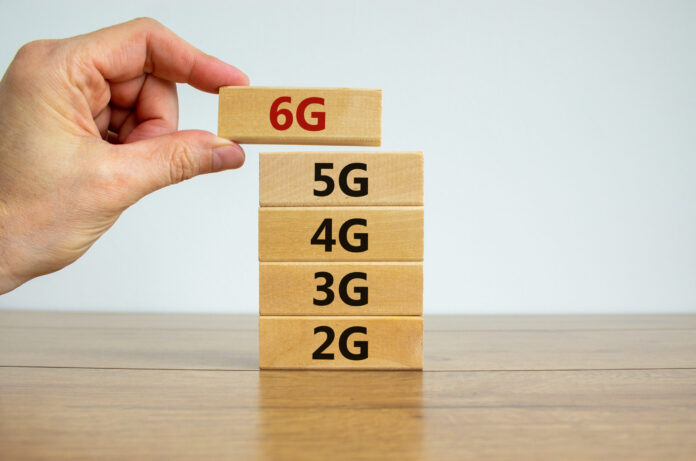At roughly the mid-point of the 5G cycle (assuming 10-year generational upgrade cycles), there’s seemingly widespread criticism that it hasn’t delivered on the promises it made. That’s largely related to the massive capital spend operators undertook to acquire new spectrum and put it into service, but without attendant major new lines of revenue based off of services only 5G could deliver.
The fact of the matter is, though, that 5G is a technology that lacks the agency to do, or not do, anything. At a technical level, the current generation of cellular embodies very material system-level performance and efficiency gains, and delivers new and otherwise enhanced network-enabled features. The problem is more around that operators’ business models didn’t evolve in tandem with the technology—they’re still largely selling connectivity as a commodity rather than selling industry-specific business outcomes that leverage 5G capabilities.
“People get things wrong”
In conversation with RCR Wireless News, neXt Curve Founder and Executive Analyst put it this way: “I don’t think 5G has gotten anything wrong…People get things wrong. I don’t like to beat up on technology…It tends to be a hapless victim.” Rather, Lee said what went wrong is around the marketing hype cycle that 5G rode into the world, in pre-standard forms no less. “It’s a collection of promises that were put ahead of where the…technology was at any point in time, and certainly much further ahead than the roadmap,” Lee said.
Jaydee Griffith, managing director of the Next G Alliance, told us, “There’s a lot that 5G got right. But for us to understand 5G success, look at the end user. Does the average consumer and business think we got 5G right? I think 5G had a lot of promises, and then it didn’t deliver on all of them.” Griffith said the standardization process behind 5G was “incredibly robust” but perhaps suffered from a sort of delta between standardization of features that weren’t necessarily solutions to real world problems.
From standardized feature to viable commercial product
“Once a feature was standardized, a lot of the stakeholders in this industry said, ‘Mission success! We did it.’ But then [they] forgot the steps of, ‘Oh, we actually have to make a product that supports this feature.’ Then there has to be an ecosystem,” particularly around vertically-tailored user equipment. “Not every industry…needs a standard smartphone or tablet. They need specialized devices.”
VIAVI Solutions CTO Sameh Yamany put it quite simply: “There was a lot of money that went into buying the spectrum, and little push on how are we going to get an ROI? The expectation for 5G was high.” But it did deliver? He said 5G brought improvements in the underlying technology from the radio access network (RAN), to the core to the transport network, as well as around timing and synchronization. “We are seeing that. There were a lot of good things that happened.”
There’s also a school of thought that focuses on not whether 5G lived up to its promise, but rather how it was ushered into existence. “What was 5G promising,” Anritsu CTO Jonathan Borrill pondered the question. “What was 5G promising? It was promising flexibility, [and] this flexibility would enable all the different use cases, industry verticals, everything…Did we get it right, did we get it wrong?”
“RAN flexibility was really well achieved”
He continued: “On the RAN side, yeah, we really delivered on RAN flexibility…very, very well delivered. The RAN flexibility was really well achieved.” What about the core and the shift to a service-based architecture (SBA)? “Did we get that right? I think, well, yeah, maybe we did. But to achieve that we had a lot of complexity in the 5G core. So I don’t know whether it was gotten wrong, but what we brought with us was a lot of complexity in the 5G core. So the big challenge now is to say, ‘How can we give flexibility without adding huge complexity at the same time?’ So that’s the thing maybe we missed a little bit on 5G and the challenge on 6G.”
For more conversation on 5G and the path to 6G, watch this on-demand webinar.

